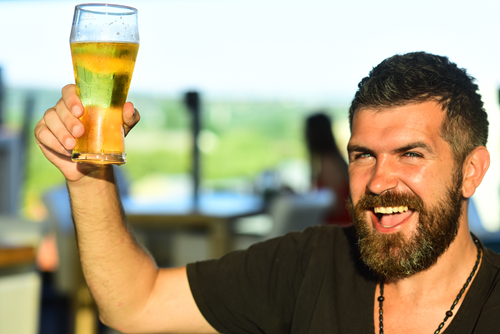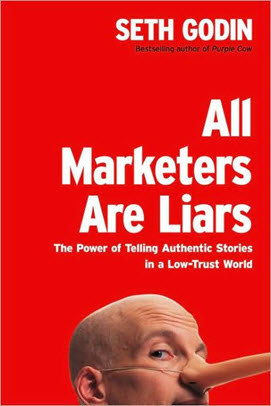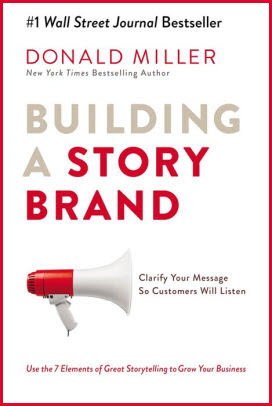Would you say your craft beverage is extraordinary? Or the tasting room experience is outstanding? Or perhaps the facility that houses all of the above is striking? Basically, do you find your brand story to be remarkable?
 Would new customers agree? What about those who have yet to step foot in your tasting room? Have enough clues been shared on your website, social media and other channels to set expectations for a customer’s first visit? Very few craft beverage drinkers will spend energy on you unless what makes you different from every other watering hole is obvious. We call this a brand story, and it’s the single most important element of any marketing plan. Period. We want to help you craft a clear, compelling storyline to display front-and-center on your website. Read on for:
Would new customers agree? What about those who have yet to step foot in your tasting room? Have enough clues been shared on your website, social media and other channels to set expectations for a customer’s first visit? Very few craft beverage drinkers will spend energy on you unless what makes you different from every other watering hole is obvious. We call this a brand story, and it’s the single most important element of any marketing plan. Period. We want to help you craft a clear, compelling storyline to display front-and-center on your website. Read on for:
- 2 authors’ approaches to brand stories
- 5 steps for a more engaging craft beverage story
- how storytelling enables brand discovery
2 authors’ approaches to brand stories
Conversations with craft beverage producers often start out very broad. “How can you help us with marketing?” they ask. Traffic to the tasting room may have plateaued. On- and off-premise placements may be tougher to secure. And customer engagement may be in decline. They know marketing is needed, but don’t know where to start.
It may seem obvious, but most craft producers don’t clearly state on the website what business they’re in, products/services they provide, customers they serve…basically what makes them different from every other option out there. We call this the brand story, and it helps [new] customers make quick decisions about whether you’re worth their time, effort and money. “Will you write our brand story for us?” the same owner may ask.
We start by helping unpack what makes their craft beverage brand special and unique compared to others. Then, after brainstorming, researching competitors and lots of revisions, we have a storyline that everyone agrees with. And we move forward using that brand story to systematically address the owner’s concerns about the business.
Why share all the details of what goes on behind-the-curtain at Market Your Craft? Because we understand that it’s not always obvious 1) why a brand story is needed in the first place and 2) the steps we use to draft a crucial story about YOUR business. Two best-selling authors have written marketing playbooks on the topic that the team often references when working with clients:

|
“All Marketers Are Liars” Seth Godin, Penguin Group, 19 May 2005. Godin describes stories as shortcuts meant to help customers deal with too much data. And suggests that while brands tell stories, it’s actually the customer that lies to him/herself to justify the purchase decision. Because in the end, they buy what they want, not what they need. Major themes include:
|

|
“Building A Story Brand” Donald Miller, HarperCollins Leadership, 10 October 2017. Miller’s story brand framework is a reflection of the stories we’ve told or been told our entire lives: a hero faces a problem, finds help in a guide, and overcomes his/her challenges. Think Luke Skywalker and his mentor Yoda. He brilliantly makes the connection with successful brand stories. Worth noting:
|
There are aspects of each approach that may be applied to the craft beverage industry. We know it may be difficult to connect the dots at this point, which is why we’re going to walk through the steps you should follow to create a more engaging story below.
5 steps for a more engaging craft beverage story
Developing a unique story for your brand will help drive traffic, increase customer engagement and capture new sales. We’re not talking about a quick or witty campaign slogan, but something far more basic than that. Because if a new customer has to work at all to understand what you stand for and why they should care, they will quickly move on to the next, less-complicated option.

- Picture your ideal customer: start with a tiny audience that agrees with your worldview.
- What is it about your business, product or service that appeals to them?
- Identify a target geography.
- What are their frustrations with craft beverage?
- What is the problem we can help them solve?
- State your mission: customers shop brands that align with their beliefs and core values. Mission statements typically:
- Clarify direction or focus the brand’s future.
- Reveal to customers how decisions are made.
- Align with [industry or world] issues bigger than the brand.
- Embrace welcome change (in the industry status quo).
- Shape the experience: a new customer is looking for a guide on their journey. They’ve identified a problem you can help them solve. Start by building trust:
- Use empathetic statements (i.e. “we understand how crowded the craft beverage market is and want to help”).
- Share your authority and credibility.
- How do you want the customer to feel?
- Raise your voice: like people, brands have personalities that add to the storyline. Let customers know they can relate to you by choosing your words and imagery very carefully.
- Tell a story: combine the mission, experience and voice to tell a narrative and make a promise to your ideal customer. Engaging stories often:
- Start with problems.
- Embrace the underdog status.
- Reshape an experience (like what to expect from a visit to the tasting room).
- Foster a community of rabid fans.
- Have visible founders.
- Show confidence and a moral compass.
- Do good.
Wondering how your brand could pack all of that into a single, concise statement? Brands outside craft beverage have been doing this successfully for decades. Take Warby Parker Eyewear for example:

Warby Parker was founded with a rebellious spirit and a lofty objective: to offer designer eyewear at a revolutionary price, while leading the way for socially conscious businesses.
It’s clear what the company stands for, what they offer and the ideal customer (fashion- and price-conscious eyewear buyers). They even give a nod to their one-for-one program to provide prescription eyewear to countries in need. And while your brand story will take a different shape, hopefully it’s clear how customers would use this information when deciding among hundreds of competitor brands.
how storytelling enables brand discovery
How will a brand story help new customers find you? Let’s look at a very real scenario for craft beverage drinkers in your area. It’s a Friday night and a group of friends are looking for a place to relax after work. One of them does a Google search on “craft bars near me,” and 20 results are returned within a 10-mile radius of their office. Scanning down the list, your brand story may be the only copy they read, either in the descriptive text or on the first page of your [mobile] site (if they make it that far). Will they choose you because it’s clear what they can expect? Or will they choose a competitor?
Continuing the Warby Parker Eyewear example above, their brand story is displayed on the “About Us” page of their website with the following simple, concise “hook” on the homepage:
Buying eyewear should leave you happy and good-looking, with money in your pocket. Glasses, sunglasses, and contacts – we’ve got your eyes covered.
Once a customer has discovered your brand – whether eyewear or craft beverage – they will look beyond the story to the supporting cast of characters: lifestyle photos, website copy, product pages and social media accounts. So long as their experience is consistent and your brand continues to align with their view of the world, they will give you a try. Attract enough new customers and your brand will be one that endures.
MailChimp archive:
https://mailchi.mp/770df247525e/200225_brandstory?e=bd76eedb35
Download:
https://app.box.com/s/7ilfpct334llolk65y1ai2u780lrg4xd